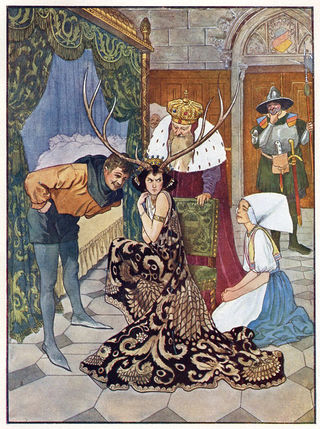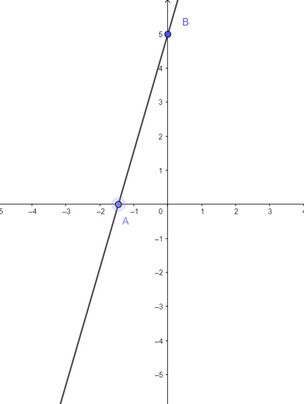Retell your favorite story. You can create another ending
Giúp mình với mình cảm ơn nhìu <3
Hãy nhập câu hỏi của bạn vào đây, nếu là tài khoản VIP, bạn sẽ được ưu tiên trả lời.

Hi Sarah, I'm very sorry that I can't go swimming with you tommorow because I have a fever.

+ tên truyện : conan , thể loại trinh thám
+ nv conan
+ mở đầu: có thanh niên thám tử 18 tuổi biến thành cậu bé lớp 1
+ phần giữa: là diễn biến ly kỳ của các vụ án
+ kết thúc : không có
+ vì nó hay
eng:
+ story title: conan,
detective genre
+ character conan
+ Prologue: there is an 18-year-old detective who turns into a grade 1 boy
+ the middle part: is the thrilling development of the cases
+ ending : none
+ because it's good



a: =>x(x-3)(x+3)=0
=>\(x\in\left\{0;3;-3\right\}\)
b:=>(x-2)(x-2-x-5)=0
=>x-2=0
=>x=2
c:=>(x-3)^2=0
=>x-3=0
=>x=3
d: =>(x-1)(x-6)=0
=>x=1 hoặc x=6

lý thường kiệt kết thúc chiến tranh bằng cách giảng hòa.
-để đảm bảo hòa bình,bớt thương vong và trách sự thù hận của quân tống.
Khi quân địch sắp bị đánh bại thì chủ động thương lượng, đề nghị giảng hòa để vừa tránh được sự hi sinh của quân sĩ, vừa giữ được hòa khí bang giao giữa 2 nước sau này

One definition of what separates us from other species is our ability to construct narratives from our random thoughts, memories, and imaginings. We are a species of storytellers. How and why we construct stories remains a mystery, one being explored by biologists, anthropologists, psychologists, neuroscientists, and researchers in semiotics and linguistics. One common thread in the research is that stories help us make sense of our lives.
 The Lion and Hunter (c. 1840s) by Grandville (1803-1847)
Source: Public Domain
The Lion and Hunter (c. 1840s) by Grandville (1803-1847)
Source: Public Domain
Brian Boyd, author of On the Origin of Stories: Evolution, Cognition, and Fiction, suggests that we are hard-wired to tell stories. Boyd argues that art, in general, and fiction, in particular, have evolved from cognitive play and serve an evolutionary survival function. Our oldest stories, our myths and fairy tales — the story about the hunter and the stealthy lion, or the one about the fox and his invisible cape — may have determined whether our primordial ancestors lived or died. Over time, these stories have become embedded in the warp and woof of our culture, and while the danger of a humanly cunning lion may no lo nger fit our lifestyle, we get the point. Viewed literally, lions can maim us; taken symbolically, understanding and honoring the ways of an intelligent and powerful predator might help us navigate certain obstacles in our lives.
I’ve recently written several blogs about fairy tales. Fairy tales present simple stories that are still relevant as guides to the archetypal patterns in our unconscious minds. They are also teaching stories and cautionary tales that speak to the mythopoeic in our psyches, that aspect of our minds that think in metaphor and symbol. Like our ancestors who lived closer to nature, and like the cosmologies of many indigenous peoples, we, too, have the capacity to experience a tree as a spirit helper or a demon or a bewitched prince. While the earliest folk tales emerged from peoples who possessed a less sophisticated notion of the world, their repertoire of emotions and the stories they wove around them were not dissimilar to our own. Greed, loneliness, jealousy, sorrow — these continue to be our human burden. Cinderella, Bluebeard, Sleeping Beauty are our contemporaries, their journeys to selfhood or self-destruction familiar to our modern souls.
 Rohata Princezna (Princess with Horns) (1920s) by Artuš Scheiner (1863-1938) from Under Command Of Magic by J. Š. Kubín.
Source: Under Command of/ Magic by J. Š. Kubín (1920s)/Public Domain
Rohata Princezna (Princess with Horns) (1920s) by Artuš Scheiner (1863-1938) from Under Command Of Magic by J. Š. Kubín.
Source: Under Command of/ Magic by J. Š. Kubín (1920s)/Public Domain
One way to more fully experience the wisdom of fairy tales is to write your own. Through objectifying the contents of our unconscious by drawing, sculpting, writing, dancing, we find the healing symbols within. The Red Book is a record of Carl Jung’s own plunge into an almost psychotic state after his break with Sigmund Freud in 1913. Characters from his unconscious welled up in his conscious mind. Methodically, with terror and fortitude, he recorded his dialogues with these characters as if they were flesh and blood and Jung even painted images that illustrated his experiences with them. Jung sometimes feared during this period that he was toppling into a psychotic state, but by working consciously with these figures, he found he was able to hear their wisdom “from the other side.” These encounters later lead to his theory of Active Imagination, which he somewhat describes in this advice to an analysand about working with her dreams.

a) 
b) \(tanOAB=\dfrac{OB}{OA}=\dfrac{5}{\dfrac{5}{3}}=3\Rightarrow\widehat{OAB}=71^o34'\)
sorry no,I can't
Sorry , I don't know